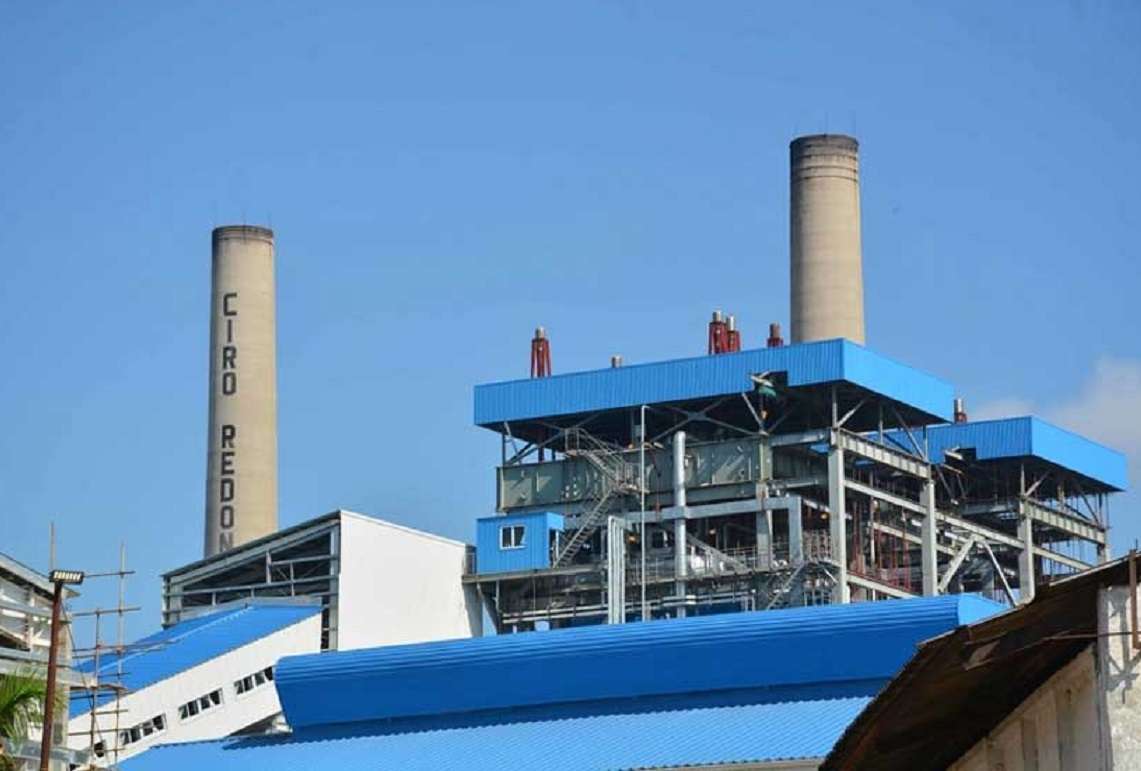The first Cuban bioelectricnext to the Ciro Redondo sugar mill, in the province of Ciego de Ávila, is “ready” to carry out synchronization tests with said mill, according to official sources.
The tests will be carried out in “the coming days”, as reported by the Cuban News Agency (ACN)which does not specify the date of the same, but anticipates that Ciro Redondo will begin grinding cane “in the current month.”
Carmen Taboada, vice president of the mixed company Biopower SA, in charge of the bioelectric plant, told the newspaper that her company worked together with a group of Chinese specialists “to improve the feeding of bagasse to the boilers and thus achieve plant stability ”.
The directive explained that during the sugar harvest —underway in the country since the end of November with barely twenty power plants— the bioelectric plant is expected to consume a mixture of marabou and sugarcane bagasse, the latter delivered by the Ciro Redondo power plant.
The mill itself will also provide condensed water to receive electricity and thermal energy necessary in its industrial process, explains the report, according to which there are already some 34,000 tons of marabou stored for power generation.
The Avilanian bioelectric plant is the first plant of this type in Cuba in the form of foreign investment and also the pioneer in the use of marabú as fuel, recalls the ACN.
If its synchronization with the Ciro Redondo is achieved, it would generate electricity again, something it has done intermittently since its completion. The plant, of Chinese technology, came into operation in 2020but since then it has not been able to maintain a systematic supply of energy.
The first bioelectric plant in Cuba synchronizes the national electrical energy system
Difficulties with the harvesting machines and others to access the raw material necessary to produce energy have paralyzed it “on several occasions”, as it acknowledged last March a report published in the official press.
The foregoing has made it impossible for the plant to meet the expected results when its construction began in 2017. With a value of more than 140 million dollars, it was expected that it would reach a power of about 60 MW and save Cuba about 100,000 barrels of oil per year.
Although in recent days the generation deficit has decreased —for this saturday no outages are foreseen during the day and the impact will be 150 MW at night peak hours—, the island has been going through a complex electrical energy situation, with repeated breakdowns in the generating plants and difficulties with access to fuel, which have caused long power cuts in recent months and protests and criticism from the population.
Faced with this scenario, the Cuban government is carrying out a maintenance and repair plan for thermoelectric plants, and the incorporation of new engines and rented floating plants, while in the long term it plans to change the energy matrix by betting on renewable sources.

















